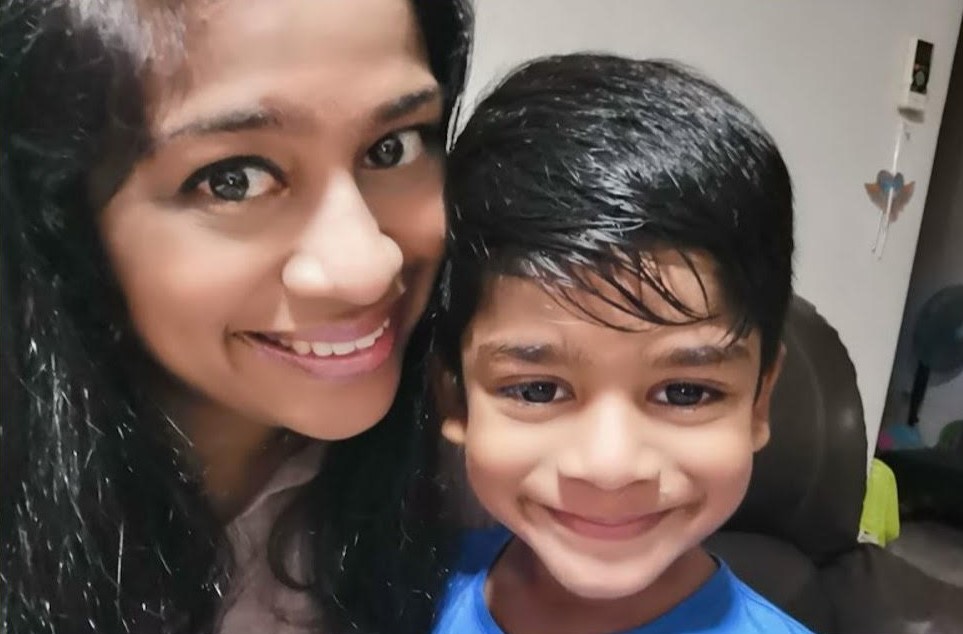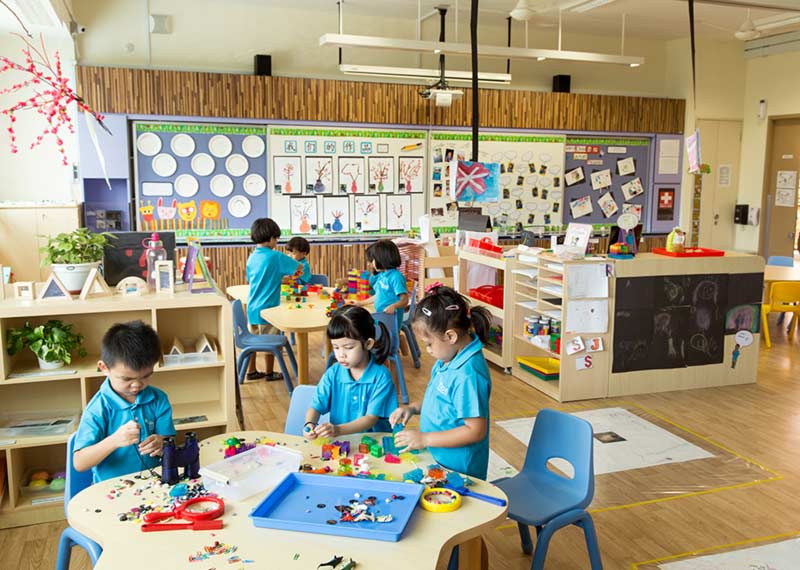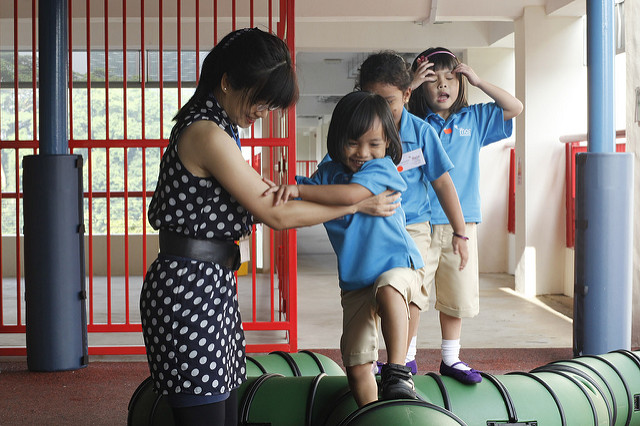Promoting “Purposeful Play” in Pre-School Education
15 Feb 2013

Dr Dora Chen, Principal of Temasek Polytechnic’s Preschool Learning Academy (PLAY@TP), conducted a workshop to explain how “Purposeful Play” can take place.
“What does ‘Purposeful Play’ mean? What could and should it be like?”
This was the question posed by Dr Dora Chen, Principal of Temasek Polytechnic’s Preschool Learning Academy (PLAY@TP), who conducted a workshop during the Kindergarten Learning Forum held in November last year.
Often, when ‘play’ is mentioned, she is faced with blank expressions from parents and teachers alike. ‘Play’ alone is open ended, with no pre-established procedure or outcome, said Dr Chen. To aid preschool educators, Dr Chen outlines some observable behaviour that reveals the learning process of children and shares some of her keen insights.
Behavioural Indicators of Purposeful Play
The most obvious indicator of purposeful play is a sense of joyful completion. Sometimes, we hear a child grumpily asking, “Am I done yet?” In such cases, it is clear that the opportunity for learning has fizzled out, as play has turned into work. Joyful completion can be seen when a child’s eyes light up in wonder or in a simple response of “wow”. The eagerness expressed forms an ideal situation for learning to take place.
Time and space are required for children to explore and investigate. Dr Chen remarked that too often, we rush into the creation stage, missing out on this important learning process. One suggested activity is painting on bread. Milk mixed with different food colourings can be used as paint on bread, so that children learn about colours.
For the kindergarten children at PLAY@TP, one purposeful play activity they would enjoy is the Cup Tower Challenge, where they had to stack cups as high as possible. They first tested out cups of different materials, and were able to conclude that heavier cups were more stable when stacked.
As they collaborate in a group to complete the tower, conflicts can arise. These become opportunities for teachers to facilitate the arguments and teach children how to relate to one another.
One challenging step is loosening the reigns, allowing the children the freedom to take risks and learn from mistakes.
“You may be surprised by how children can develop strategies to cope with failure,” said Dr Chen.
For example, erasers can be taken away, to teach children not to be unduly anxious over imperfections in their work. Teachers can then reassure the children that mistakes are perfectly acceptable, and give them the opportunity to make changes at a later time.
When children are engaged in purposeful play, they can learn to invent. At PLAY@TP, children used blocks to test out the domino effect. After some time, the children would begin to reason about the effect of distance and would figure out a method of launching a block to activate the domino effect.
Dr Chen also suggested time fillers with simple teaching points. For example, teachers can encourage children to sing familiar songs differently, by changing the lyrics or the tune. The idea of rows and columns can also be introduced when discussing seating arrangements.
As children play, a sense of ownership and pride can be developed. For example, they may want to show off their project to other classes or parents. Actions like these reveal the personal meaning and sense of accomplishment that has been gained.
Keen Insights on Communicating with Children
The effectiveness of purposeful play is dependent on the skill of a preschool teacher in choosing, presenting and facilitating the activities as well. Dr Chen, who is experienced in pre-school education, shared her insight on the impact of words used when communicating with children.
Carefully chosen words can help to ensure the psychological safety of a child. When words of commendation are used often, a child can become reliant on praise, which deflates self confidence. Instead of commenting how good the craftwork is, phrases that acknowledge the child’s attempt could be used. For example, “Wow, you’ve put in a lot of effort”, instead of “That’s really beautiful”.
“The activities may not be new, but the challenge is how we go about presenting them to the children,” said Dr Chen.



.jpg)


.jpg)
